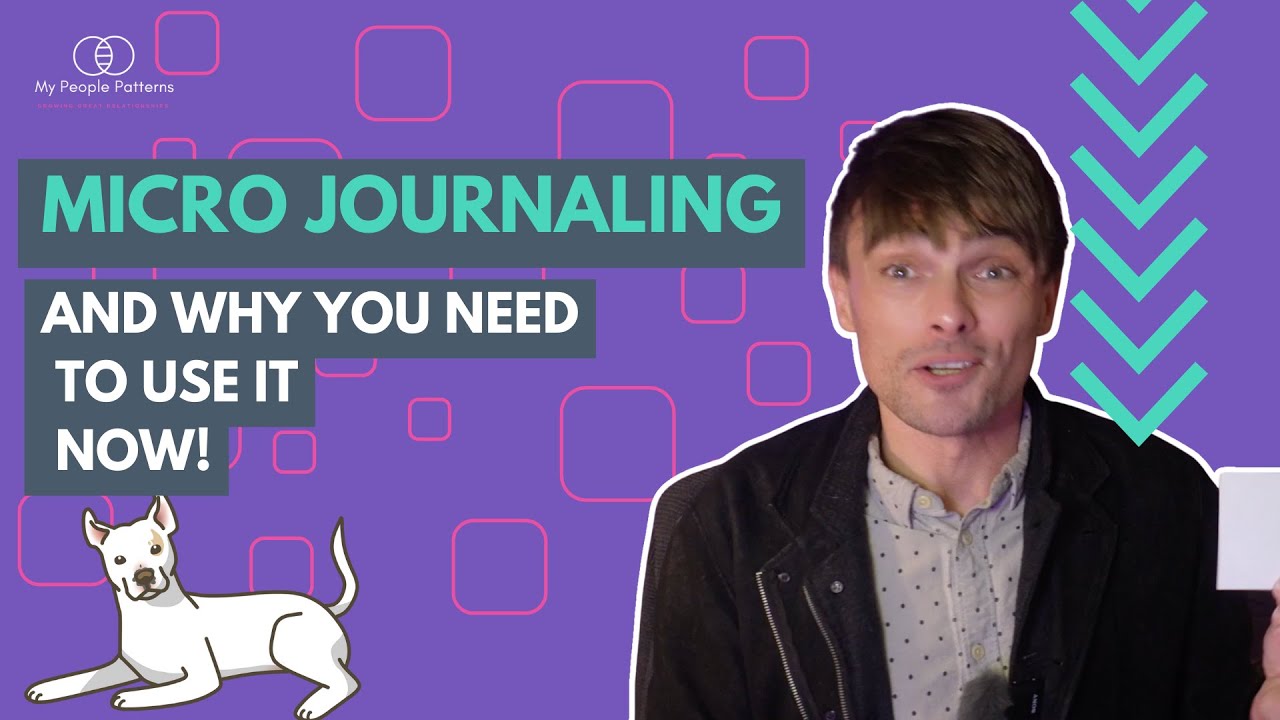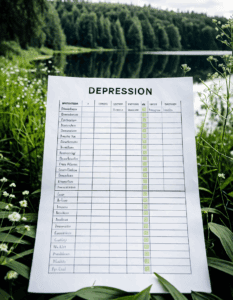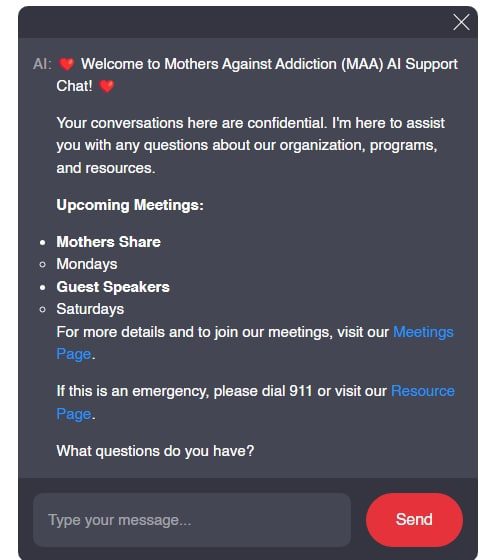The Healing Power of Journaling in Recovery
Journaling in recovery isn’t just a therapeutic activity; it’s a profound tool that can kickstart personal growth and healing. The act of putting pen to paper (or fingers to keyboard) offers a private refuge where individuals can process emotions, track their recovery journey, and articulate both struggles and victories. Studies have shown that structured expression of thoughts and feelings can greatly benefit mental health, reducing symptoms of depression and anxiety.
Journaling is transformative in more ways than one. It’s not just about writing down your day; it involves exploring and developing coping strategies. As you journal, you can identify situations or triggers that challenge your recovery and brainstorm ways to deal with them. Over time, this consistent introspection can function as a toolbox, equipping you with mechanisms to handle tough moments.
1. Acknowledging Progress: Journaling as a Tool for Personal Growth
Tracking progress is crucial in recovery. Journaling can help individuals acknowledge their advancement and spot recurring patterns, including the triggers leading to challenges. Brands like Passages Malibu and Hazelden Betty Ford Foundation advocate journaling as a complementary practice in their recovery programs. For example, Passages Malibu suggests maintaining a daily or weekly journal to monitor emotions, stress levels, and coping mechanisms. This habit not only provides insight into one’s recovery journey but also fosters a sense of accomplishment when looking back at past entries.
By documenting your journey, you begin to see the incremental steps toward healing, making the process less daunting. It’s like looking at a marathon in segments rather than an overwhelming 26.2 miles. This perspective can offer much-needed encouragement during the darker days.
| Aspect | Details |
|---|---|
| Purpose | Journaling in Recovery |
| Main Benefits | – Developing coping strategies |
| – Identifying triggers | |
| – Brainstorming ways to handle challenges | |
| – Building a coping toolbox | |
| Healing Process | – Exploring emotional pain |
| – Learning from experiences | |
| – Reflecting on possible alternate actions | |
| – Highlighting successful coping skills | |
| Regular Practice | – Reinforces self-awareness |
| – Identifies patterns in behavior and emotions | |
| Emotional Insight | – Prompts deeper introspection |
| – Offers perspective on process and progress | |
| Tools and Resources | – Pen and paper or digital journaling apps |
| Frequency | – Daily or as needed based on individual preference |
| Recommended Structure | – Date and time |
| – Description of situations or triggers | |
| – Emotional responses | |
| – Coping strategies attempted | |
| – Reflective thoughts about what worked and what didn’t | |
| – Plans for future coping mechanisms | |
| Success Indicators | – Reduced frequency of relapses |
| – Increased emotional stability | |
| – Enhanced ability to handle stress and triggers | |
| Support | – Workshops or therapy sessions incorporating journaling techniques |
| – Support groups that discuss journaling experiences | |
| Accessibility | – Low cost, only requires basic writing materials |
| Price | – Generally free or minimal cost depending on chosen journaling materials |
| Additional Features | – Can be personalized and creative |
| – Flexible and can be engaging for different ages and preferences |
2. Emotional Ventilation: The Cathartic Release of Writing
Sometimes, the best way to deal with overwhelming emotions is to get them out of your head and onto paper. This emotional ventilation can lower internal turmoil, making way for clarity and relief. Personal stories from individuals like Anne Lamott, who detailed her recovery struggles in “Traveling Mercies,” show the significant role journaling played in processing her feelings. By putting her fears, frustrations, and moments of despair into words, journaling provided a safe outlet for her emotions and a path to eventual healing.
Writing about your feelings doesn’t only help in immediate relief but also offers a long-term outlet for emotional exploration. Allowing yourself to confront and learn from emotional pain can be crucial in your healing process. Over time, journaling can illuminate your most successful coping strategies, presenting a clearer path forward.
3. Building Resilience: Techniques to Enhance Journaling in Recovery
Implementing structured techniques in journaling can magnify its benefits. Cognitive-behavioral methods like thought records and gratitude journals focus the writing process on positive and constructive outcomes. Dr. James Pennebaker’s research has highlighted the link between expressive writing and emotional health, underscoring the importance of structured journaling. Incorporating guided prompts or engaging in gratitude journaling helps build resilience and promotes a positive mindset, both of which are essential for long-term recovery.
By making a habit out of structured journaling, you create a constructive space to articulate thoughts and feelings. Whether it’s through a thought record or a gratitude journal, these methods point your reflection toward meaningful change.
4. Deepening Self-Awareness: Reflective Practices Through Journaling
Reflective journaling can unearth deeply rooted emotions and subconscious thoughts, leading to profound insights and enhanced self-awareness. Real-world examples, like Brené Brown’s vulnerability exercises, illustrate how reflective journaling practices can foster personal insight and growth. Regularly reflecting on experiences and reactions allows individuals to develop a deeper understanding of themselves, their values, and their recovery journey.
Through consistent reflection, journaling can become a mirror into your soul, revealing facets of yourself that were previously hidden. This increased self-awareness can be a strong foundation for sustained recovery and personal development.
5. Bridging Communication Gaps: Using Journals to Connect with Support Networks
Journaling can also bridge communication gaps, especially with therapists or support groups. Recovery programs like those at the Hazelden Betty Ford Foundation encourage clients to share journal entries during therapy sessions, fostering transparency and enhancing dialogue. This practice creates a more collaborative and supportive environment, ensuring that both the individual and the support network are on the same page.
By sharing your written reflections, you can facilitate more open and honest conversations with your support team. This shared understanding is crucial for personalized guidance and effective recovery strategies. Expert speaker guidance can enhance these communication efforts, making therapy sessions more enriching and supportive.
Unique Perspectives: Personal Stories of Transformation through Journaling
Personal stories add a unique dimension to our understanding of journaling’s impact on recovery. Consider David Sheff, author of “Beautiful Boy,” who supplemented his son’s battle with addiction by journaling his experiences and reflections. His raw and authentic accounts offer a perspective on the dual struggle of addiction recovery and the role of journaling in navigating this journey. David’s story exemplifies the transformative power of journaling—not just for those in recovery, but for their families as well.
Through David’s story, we see a dual narrative: one of personal growth and one of familial strength. His journaling provided a way to process his fears and ultimately became a resource for others facing similar challenges.
Integrating Technology: Digital Journaling Tools for Recovery
In today’s digital age, traditional pen-and-paper journaling can be complemented by technology. Apps like Day One and Journey offer privacy, security, and convenience, allowing individuals to maintain their journaling practice on the go. These platforms feature mood tracking, prompts, and multimedia integration, enhancing the journaling experience. Digital journaling can be particularly helpful for those who find it challenging to commit to regular writing sessions, offering a modern and accessible way to sustain this vital practice.
For anyone hesitant about regular journaling, these digital tools offer a simpler, more versatile option. This incorporation of technology makes it easier to maintain consistency, which is key for long-term benefits.
Harnessing the Full Potential of Journaling in Your Recovery Journey
Journaling in recovery is a multifaceted tool that can empower you to take control of your healing journey. By acknowledging progress, providing emotional ventilation, building resilience, deepening self-awareness, bridging communication gaps, and integrating technology, journaling becomes an integral component of a comprehensive recovery strategy. Whether you’re using traditional or digital methods, committing to journaling can lead to profound personal transformations and a more robust recovery journey.
As you move through the winding road of recovery, embrace journaling not just as a mere activity, but as a vital gateway to healing and self-discovery. Explore platforms like Parker Valley hope for additional resources and examples of successful recovery strategies. Incorporating activities like Mindful meditation, Self-compassion Practices, and fostering good sleep hygiene And recovery can further support your journey.
For more insights and support, visit our website at www.MothersAgainstAddiction.org to connect with a community dedicated to healing and recovery.
Journaling in Recovery: Empowering Your Healing Process
A Gateway to Understanding
Did you know that journaling can play a vital role in addiction recovery? Beyond providing a structured outlet for emotions, it serves as a reflective tool that helps individuals track their progress and setbacks. Imagine playing a round of golf in Baltimore County and focusing solely on every shot—journaling offers a similar focus, helping you to gain a clearer perspective on your journey. It’s an invaluable companion on the path to self-discovery and emotional healing.
Boosting Emotional Intelligence
Interestingly, putting pen to paper can give a significant lift to your emotional intelligence. It allows you to understand and articulate your feelings better, which fosters stronger coping mechanisms in challenging situations. Think of it as checking the latest mortgage interest rates to make informed financial decisions. Just as you wouldn’t dive into home buying blind, journaling equips you with essential insights into your emotional landscape.
Creativity and Healing
On top of its emotion-regulating benefits, journaling can open doors to creative ideas and solutions. Ever heard of tiny home Ideas that make the most out of every square foot available? Similarly, journaling helps you maximize your mental and emotional resources, encouraging creativity in problem-solving and personal growth. It turns the blank page into a canvas for exploring new approaches and perspectives.
In short, journaling isn’t just about recounting your day; it’s a transformative tool that empowers your healing process in multifaceted ways. Whether you’re tracking your progress, boosting emotional intelligence, or sparking creativity, each entry strengthens your journey toward recovery.

How to start a recovery journal?
Start with a simple notebook or digital document, and make it a habit to write regularly. Begin by jotting down your thoughts, feelings, and daily experiences, paying particular attention to situations or triggers that challenge your recovery. Include reflections and brainstorm ways you can handle these moments, trying different strategies over time.
What are the five recovery skills?
The five recovery skills typically include mindfulness, building a strong support system, developing healthy coping mechanisms, managing stress, and setting realistic goals. These skills work together to help maintain a balanced and sustainable recovery journey.
How does journaling help you heal?
Journaling helps you heal by providing a safe space to explore your emotional pain and learn from it. Through regular writing, you can recognize patterns, understand triggers, and highlight successful coping strategies that improve your ability to handle difficult moments.
How does journaling help heal trauma?
Journaling aids in healing trauma by allowing you to process and understand your experiences. It’s an introspective practice where you can reflect on past events, express emotions, and gradually work through your trauma by breaking it down into more manageable pieces.
What do I write in my journal first?
For the first entry, simply write about what prompted you to start journaling. Describe your current feelings, what’s been on your mind lately, or any specific event that led you to begin this journey. Don’t worry too much about structure or grammar, just let your thoughts flow.
How do you write a healing journal?
When writing a healing journal, focus on honest self-reflection. Document your emotional state, the triggers you encounter, and the coping strategies you use. Over time, revisit your past entries to observe your growth and to refine your approaches for dealing with challenges.
What are the 7 R’s of recovery?
The 7 R’s of recovery usually refer to Reevaluate, Reflect, Reconnect, Rebuild, Reaffirm, Rejuvenate, and Reach out. These steps help create a holistic and rounded approach to recovery by addressing various aspects of life and personal growth.
What are the 3 R’s of recovery?
The 3 R’s of recovery are often Recognize, Respond, and Regroup. Recognize your triggers and feelings, appropriately respond to them with healthy coping mechanisms, and regroup by planning your next steps and learning from your experiences.
What are the 3 A’s of recovery?
The 3 A’s of recovery typically stand for Awareness, Acceptance, and Action. Being aware of your situation, accepting it without judgment, and taking actionable steps towards recovery are key principles in the recovery process.
How to begin journaling?
To begin journaling, grab a notebook or open a digital document and start with today’s date. Write about whatever’s on your mind, including your thoughts, emotions, and any significant experiences or challenges you faced.
What are the cons of journaling?
Cons of journaling may include the potential for it to feel overwhelming or burdensome if you set unrealistic expectations for frequency or depth. It can sometimes bring up difficult emotions, which may be tough to handle if you’re not prepared to process them.
What to write in a daily journal?
In a daily journal, you can write about your daily experiences, emotions, goals, and reflections. It’s helpful to note any significant events, your mood throughout the day, and any insights or lessons learned.
What is the 4 day trauma journaling protocol?
The 4-day trauma journaling protocol involves writing about a traumatic event for 15-20 minutes each day over four consecutive days. This consistent, focused writing helps you process the trauma and begin healing by repeatedly addressing and reflecting on your experiences.
What to write in a trauma journal?
In a trauma journal, write about the traumatic event, your feelings, thoughts, and physical sensations related to it. Reflect on how it has impacted you and note any connections you make between the trauma and your current coping mechanisms or behaviors.
How is journaling a coping mechanism?
Journaling serves as a coping mechanism by providing a structured outlet to express emotions, reflect on life events, and develop actionable coping strategies. Writing can help clarify thoughts, reduce stress, and give you a sense of control over your situation.
How do you start a journal entry example?
Example journal entry: “Today was a rough day. I felt overwhelmed at work and had a panic attack. I noticed that it was triggered by my boss’s feedback. Next time, I’ll try deep breathing exercises when I feel panic rising. Proud of myself for getting through the day despite this.”
How do you start a journal for beginners?
For beginners, start with a blank page and write honestly about your thoughts and feelings. Don’t worry about grammar or spelling. Focus on capturing your authentic experience, whatever that may be, and do it regularly to build the habit.
How do you start a wellness journal?
To start a wellness journal, track your physical, mental, and emotional health. Write about your diet, exercise, sleep patterns, and stress levels. Also, include your personal reflections on what you’re grateful for and any goals or intentions for improving your well-being.
How do you start a memory journal?
To start a memory journal, jot down your favorite memories as they come to you. Include details like who was involved, what happened, and how it made you feel. Over time, you’ll have a collection of cherished moments to reflect on.




























